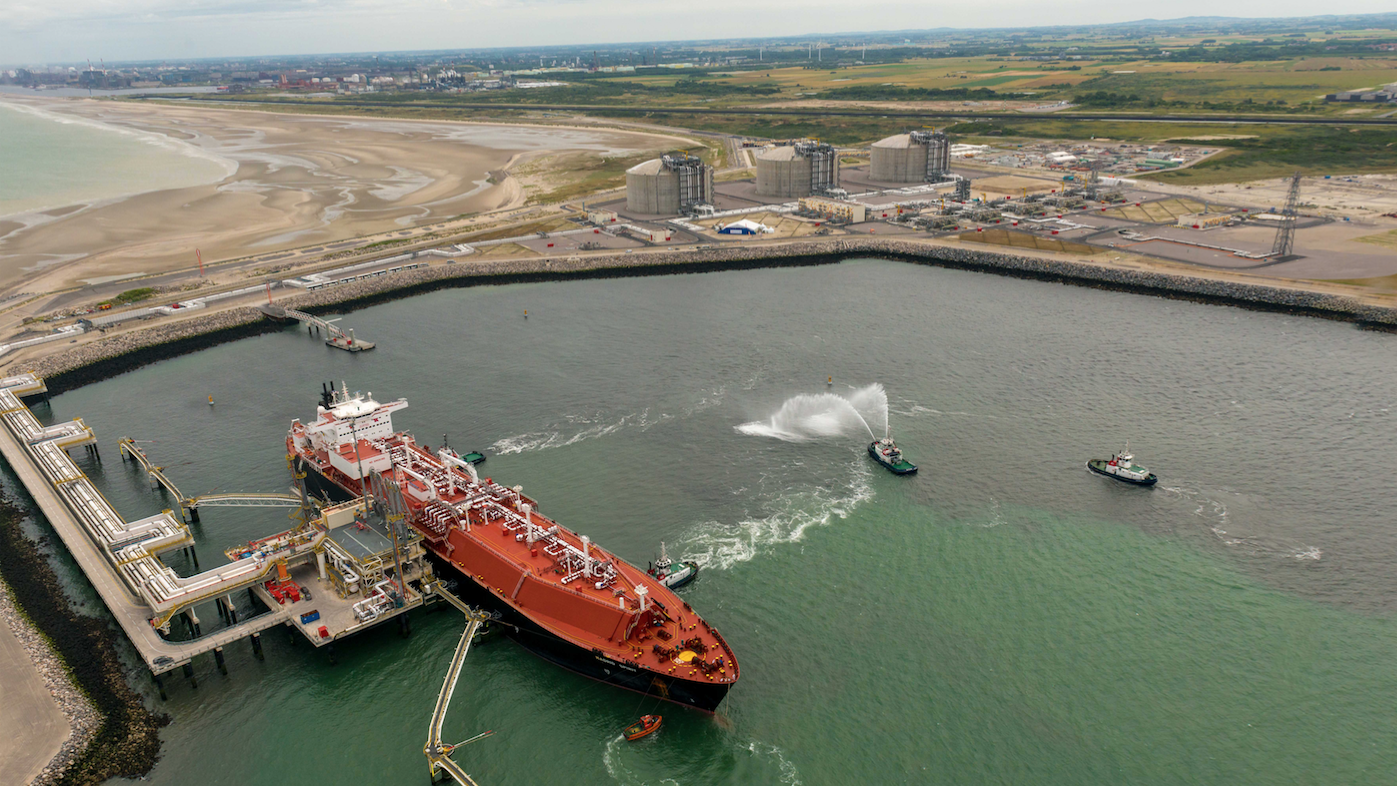Terminal Commissioning Halted Due to LNG Release

On Tuesday, the new LNG terminal at Dunkirk, France was put into "safe conditions" due to the presence of liquefied natural gas in its flare stack, causing “LNG projections at the ground level, near this flare.”
"With action of the plant emergency response team, the site switched to a safe-state, without external help," majority owner EDF said in a statement. Among other response measures, all personnel were removed from the facility except for those dealing directly with the emergency. Blow-down valves on the three storage tanks were opened so that natural gas could escape from the top.
The contractor, TS LNG, is investigating the cause of the incident. Ordinarily the gas flare is used only on an occasional basis, but during commissioning it "is in constant operation for several weeks" to dispose of an unneeded byproduct. Inert nitrogen is used to cool transfer pipes during the process, and mixtures of natural gas and nitrogen are not suitable for sale, so it is flared off.
"Although the LNG-nitrogen mix is not dangerous, it creates very poor quality gas that doesn't provide even and regular combustion in private homes. It takes about 15 days for the nitrogen to be removed. While waiting for this process to complete, as the gas produced is not suitable for supply, we have no choice but to burn it using the flare,” explained commissioning manager Eduardo Martinez.
The new receiving terminal is in a testing and commissioning phase. Its first commissioning cargo arrived on July 8 aboard the Teekay tanker Madrid Spirit, and first commercial operations are expected this fall.
Dunkerque LNG is owned by EDF, Fluxys and Total. The terminal, now Europe's fourth-largest, uses waste heat from the nearby Gravelines nuclear power plant to reheat the liquefied gas for pipeline transmission. It has storage tanks with a total capacity of nearly 200,000 cubic meters of LNG.
Global LNG supplies are rising quickly as new liquefaction capacity comes online, and European imports are expected to rise by more than 10 percent this year, according to London-based consultants Energy Aspects Limited.
